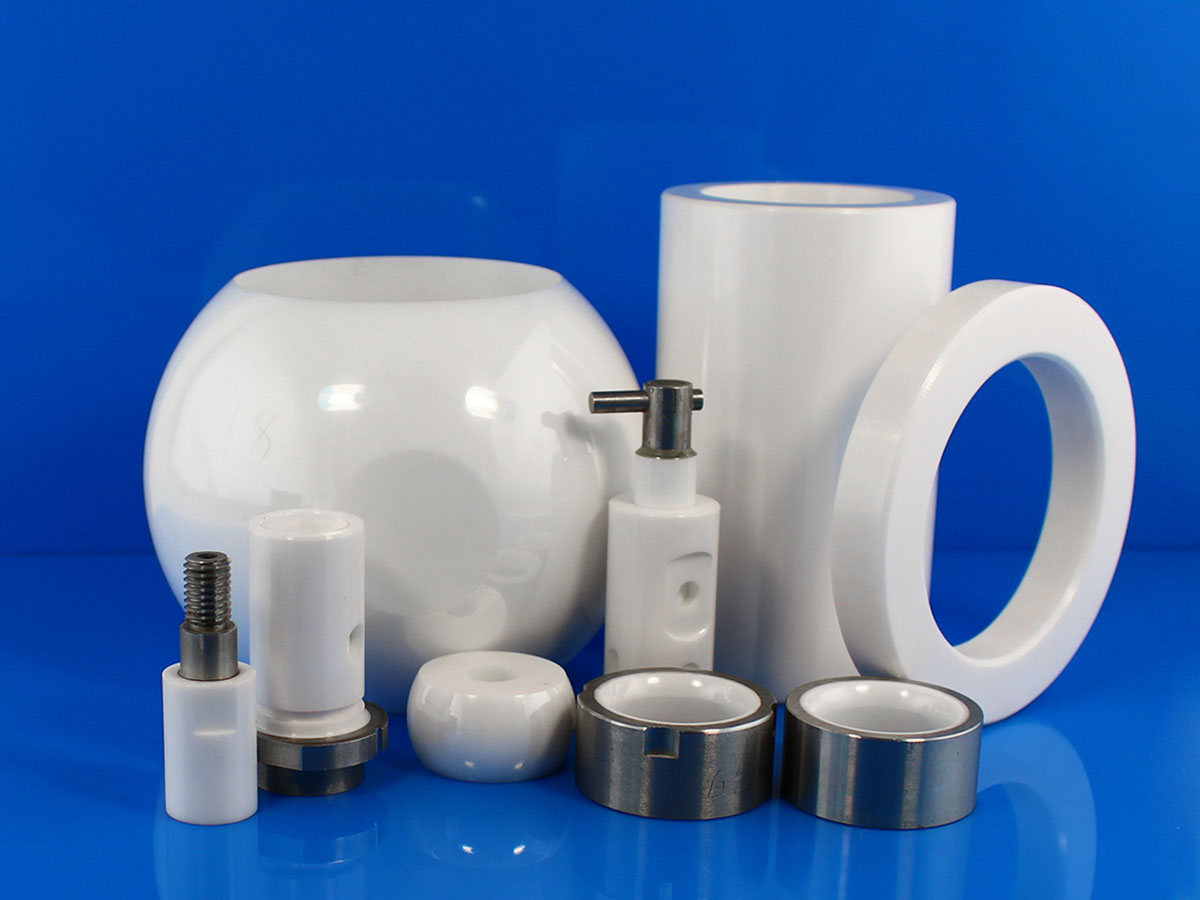
Recently Zirconium products price continues to rise, below will explain why it continues to rise and what’s next year’s trend?
From the industrial chain of zirconium, the upstream raw materials are mainly zircon sand, zirconium silicate in China accounts for about 38% of the amount of zircon sand, zirconium oxychloride 16%, zirconium fused 14%. In terms of end consumption, the ceramics industry accounts for 45%, making it the largest consumer of the zirconium industry, followed by chemical zirconium and refractories.
In 2019, the total import volume of zircon sand in China reached 1.182,000 tons, which was converted into about 704,000 tons of concentrate, accounting for 98.6% of imports. In terms of import countries, the top three major importers were Australia (309,000 tons, 43.79%), South Africa (185,000 tons, 26.20%), and Indonesia (43,000 tons, 6.17%).
Zircon sand supply continues to be tight due to the suspension of RBM, the world’s top three zircon sand. In addition, the development of 5G and dentistry continues to increase the demand for zirconium products, so the price of zirconium sand has skyrocketed. Data show that since 2021, the price of Zirconium sand in Hainan has risen to 16650 yuan/ton from 8700 yuan/ton at the beginning of the year, up more than 90%.
In addition, the price of zirconium products continues to rise. Yesterday evening, media reported that Tronox, the world’s third-largest producer of zirconium sand, will increase the price of zirconium sand by $175 / ton in the next quarter. At that time, the price of South Africa and will increase to $1770-1790 / ton, and the price of Australian sand will increase to $1785-1815 / ton.
At the same time, the supply of different varieties of zircon sand of Tronox will be reduced to varying degrees in the next quarter, mainly due to the epidemic. The operation of the mine and the transportation of ore will be affected to varying degrees. At the same time, the person in charge said that the situation of supply shortage will not be alleviated in the fourth quarter and will continue to next year.
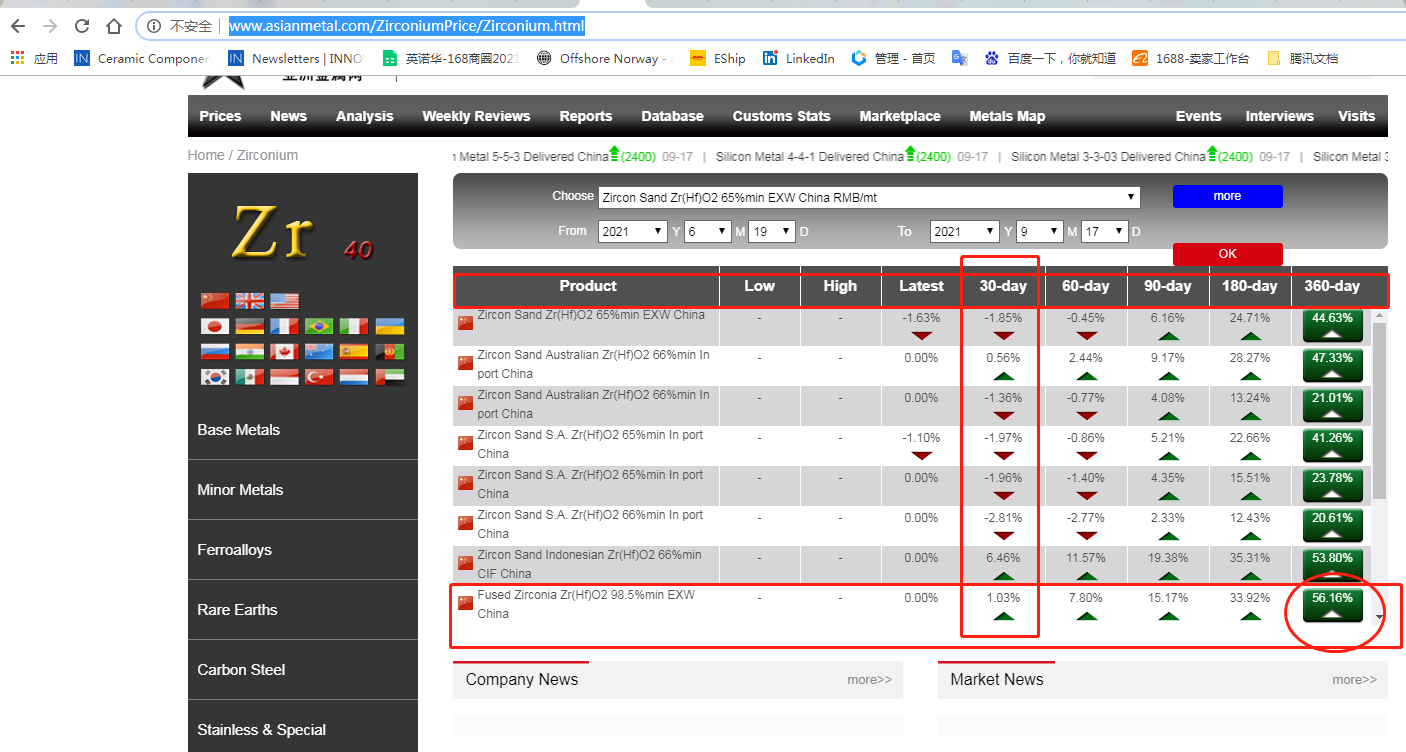



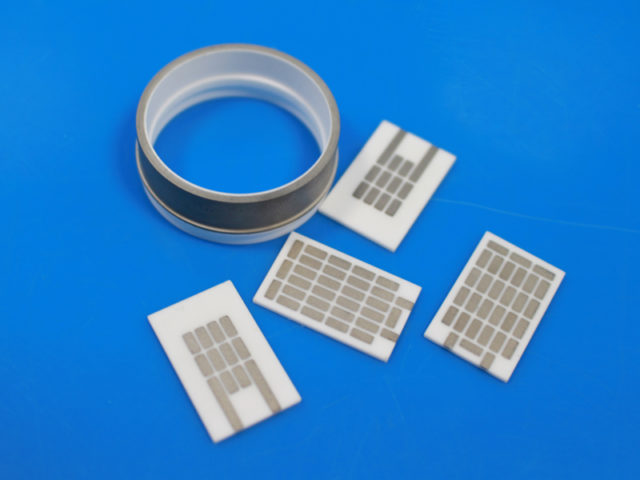
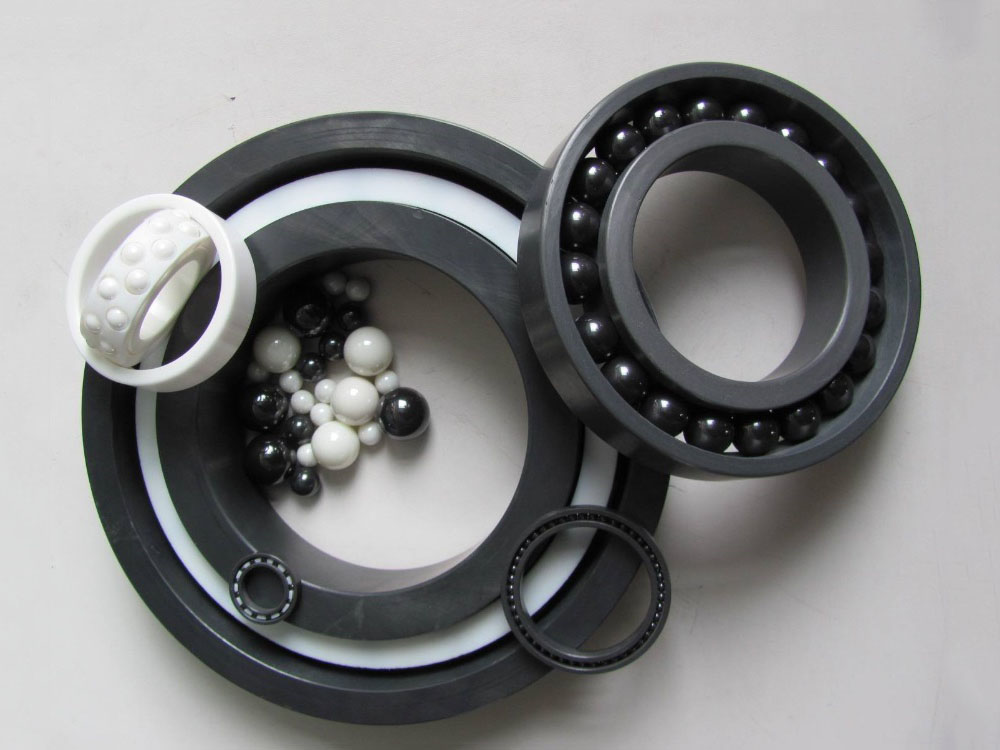
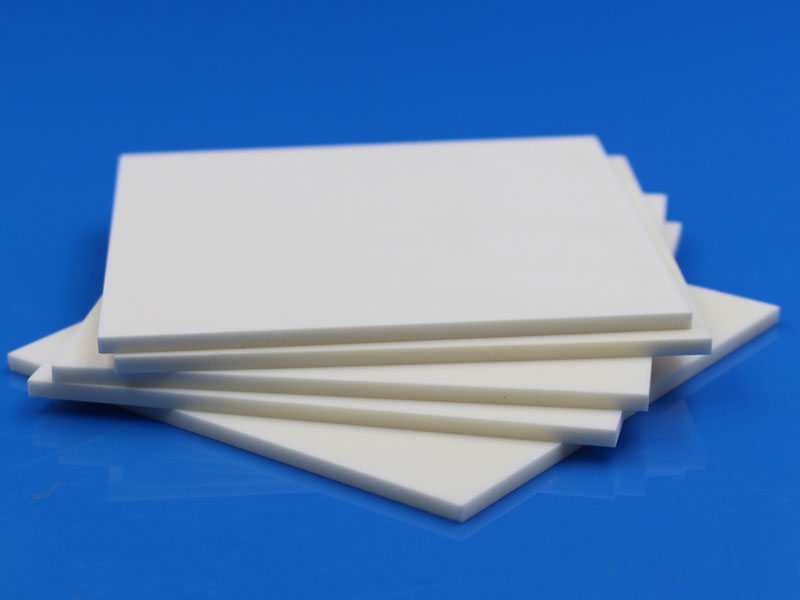
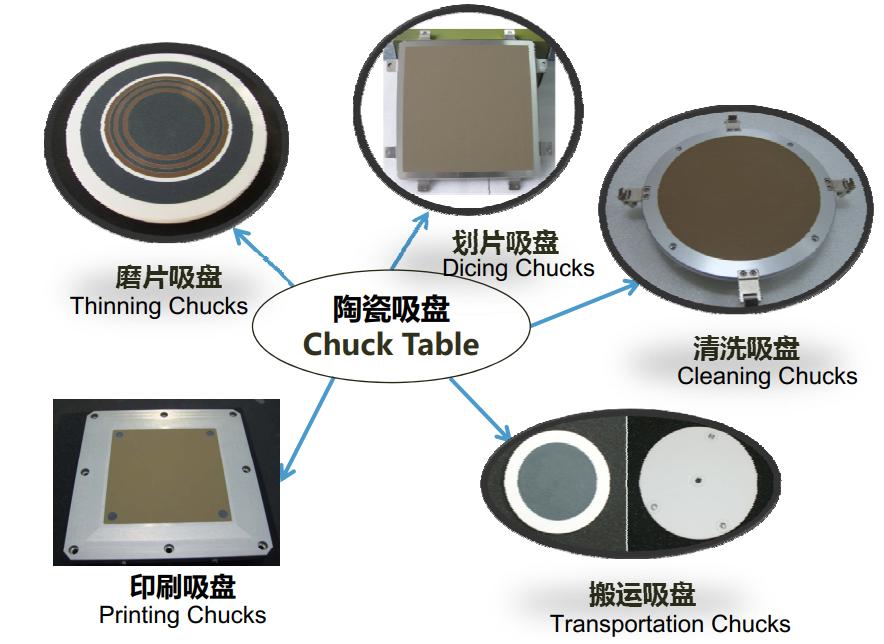
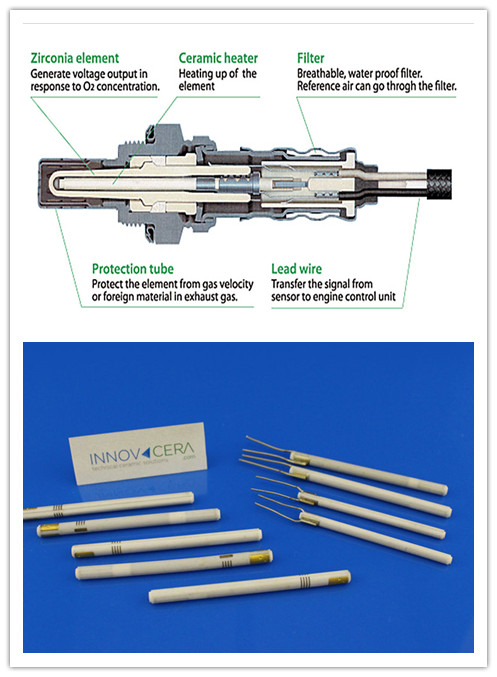
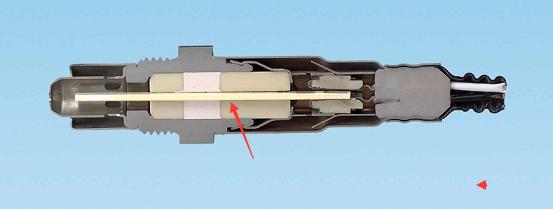
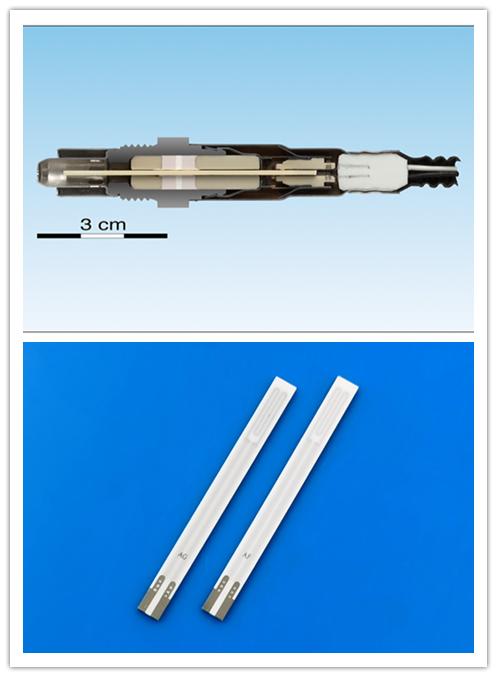
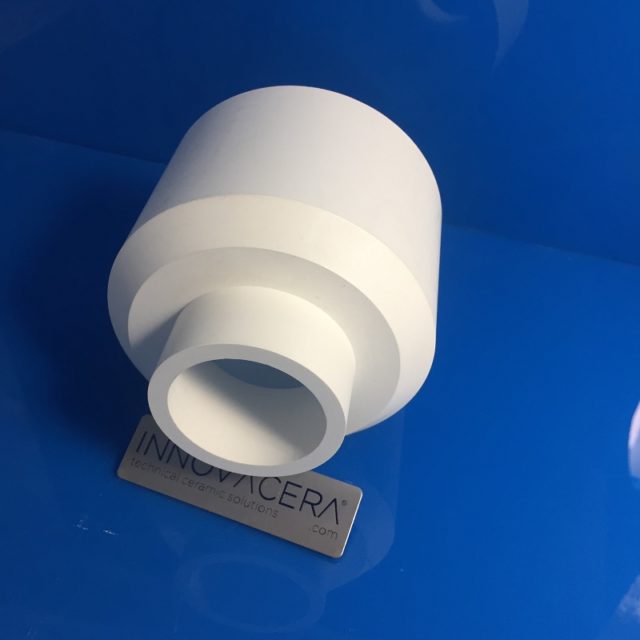
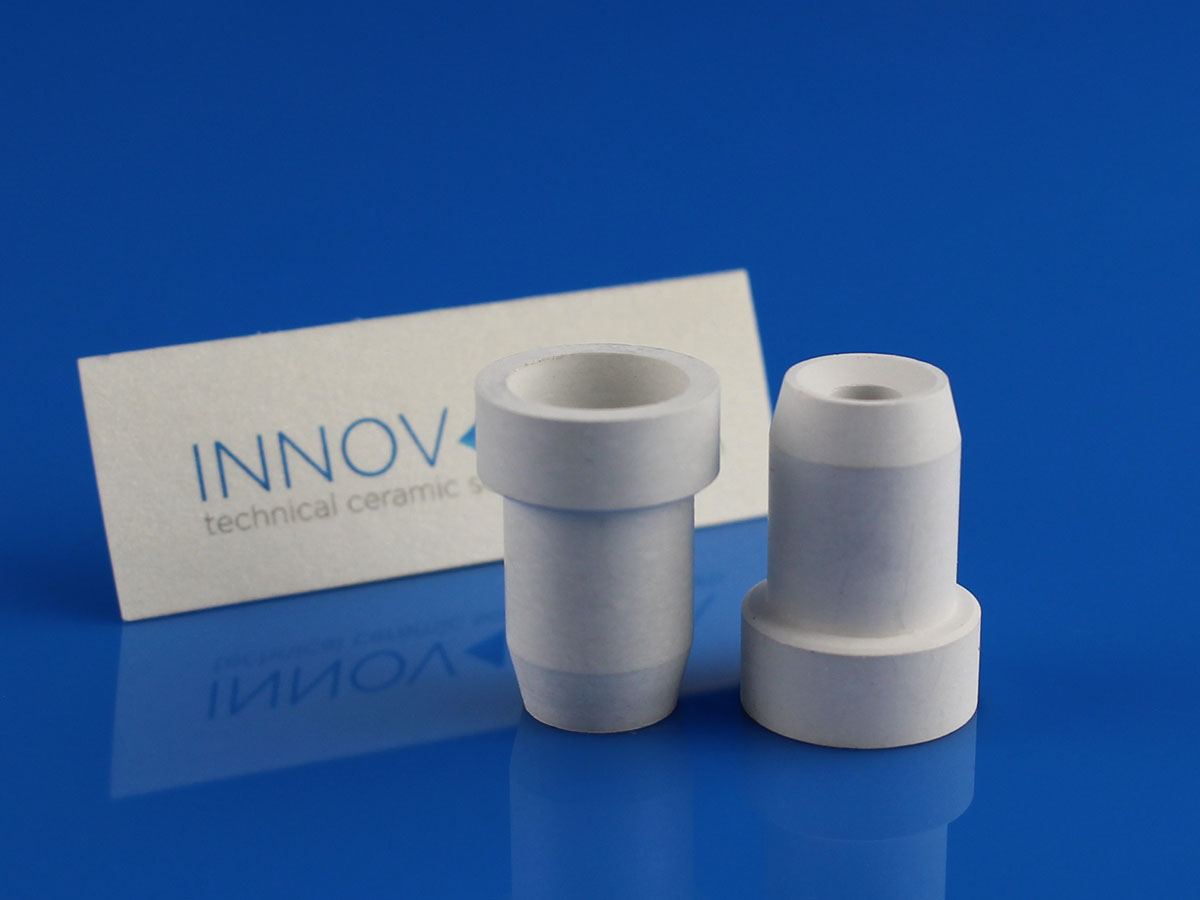 Boron Nitride nozzle for gas atomization
Boron Nitride nozzle for gas atomization